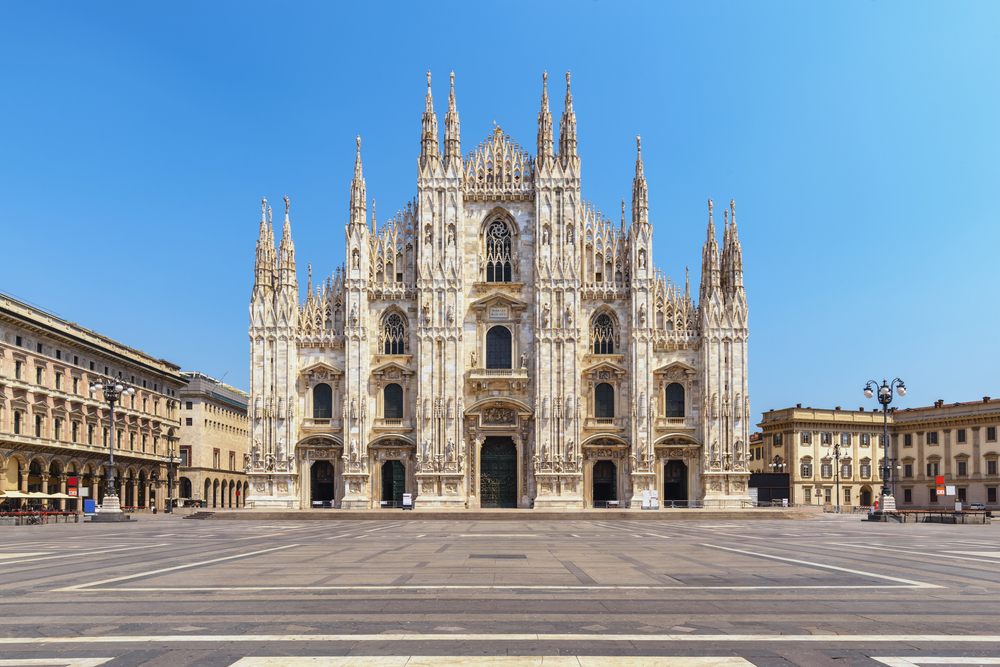Minimise the risks and reduce the number of interventions linked to leaks
With over 2,300 km of aqueducts, 1,500 km of sewers and two major wastewater treatment plants serving 2.5 million people, MM Spa, a public company wholly owned by the city of Milan, manages the integrated water services of Italy's largest metropolitan area.
Maximising the power of the data in the water networks
Given the complexity of the network, MM Spa chose to fully deploy AQUADVANCED® Water Networks at its fullest in 2023 and it excelled the initial expectations
- Optimise network monitoring
- Increase the number of DMAs
- Decrease current NRW
- Model leakage localisation
- Design the Drinking Water network sectorisation
- Optimise investments
- Maximise the use of the sensors and their location
- Optimise resource allocation
- Enhance daily operations
- Manage the network virtually and in real-time
- Use the data delivered for decision making
- Reinforce their digital strategy
- Predict potential risks and events
Strengthening the digital transformation of Milan's metropolitan area
After a careful study and diagnostic of the network and MM’s needs, the SUEZ team decided to tackle the solution combining 2 different approaches in the water distribution network:
- Virtual sectorisation
- Pre-localisation of anomalies (leaks, unidentified valves…)
MM SpA Case Study - SUEZ
Credit: SUEZ group
Although only installed in 2023, the full deployment of the Water Networks management platform, MM has been able to :
- Boost the water network monitoring and control thanks to the embedded digital twin which helped the sectorisation of the unique existing DMA to 10 virtual DMAs and 287 virtual sub sectors
- Optimise the data produced from the existing 31 flow meters
- Identify the best location for the 16 high-frequency pressure sensors and the 284 pressure sensors
- Set KPIs for improved decision making based on the data (e.g. daily losses, daily linear flow, NRW…)
- Use the intelligence of the data to predict and model missing data to generate events and identify potential risks
- Solidify their digital transformation
- Decrease the number of flow meters required to understand consumption patterns
